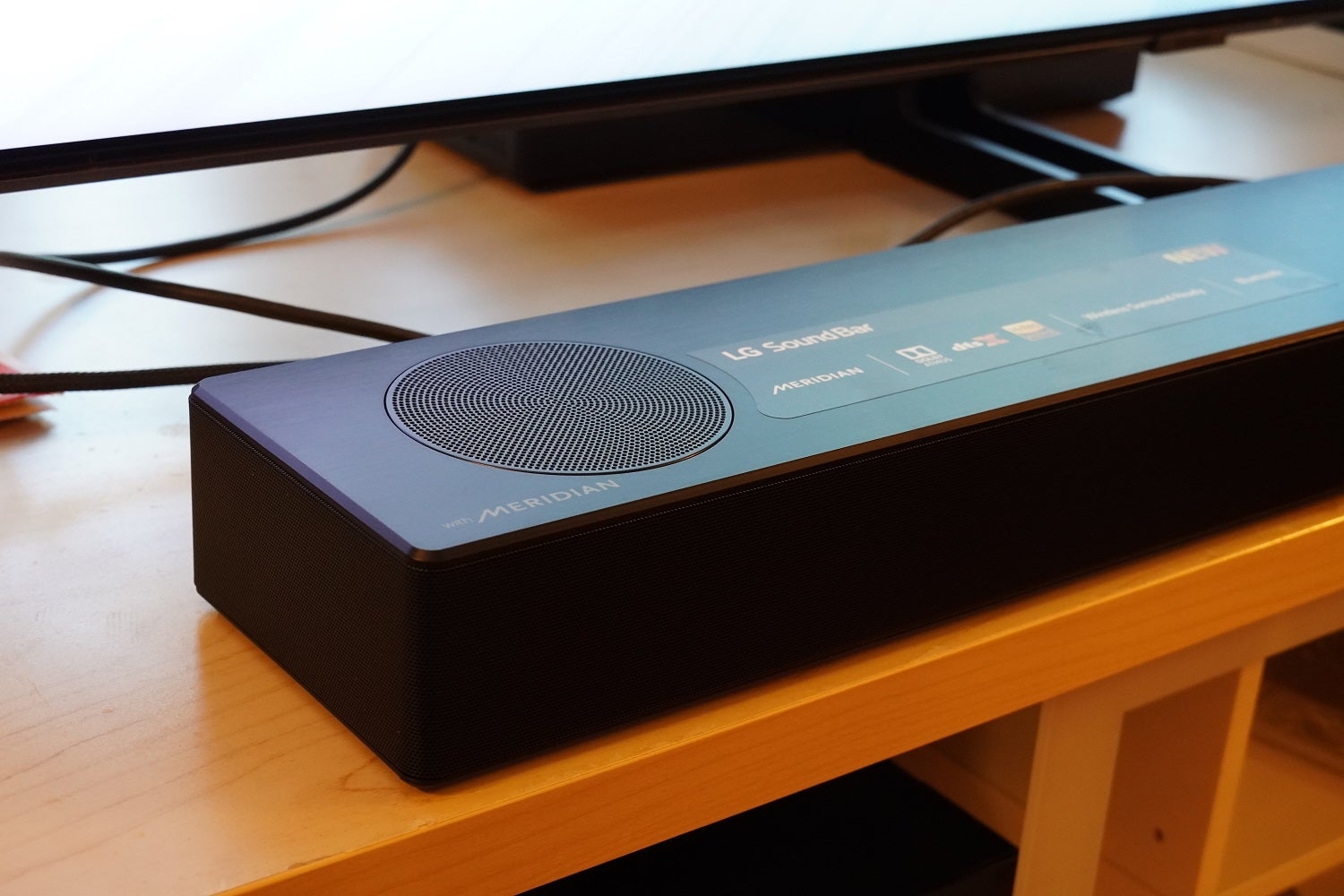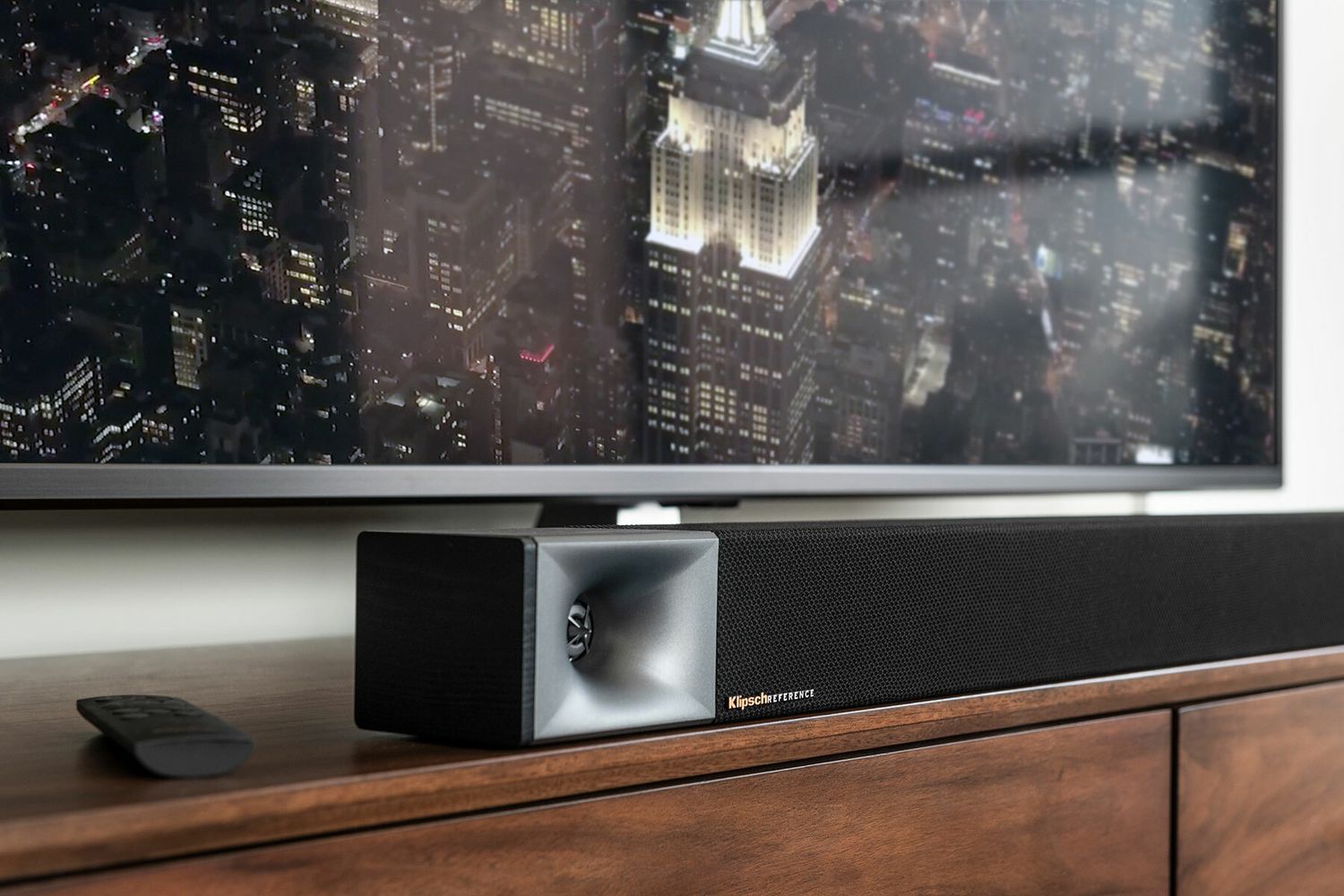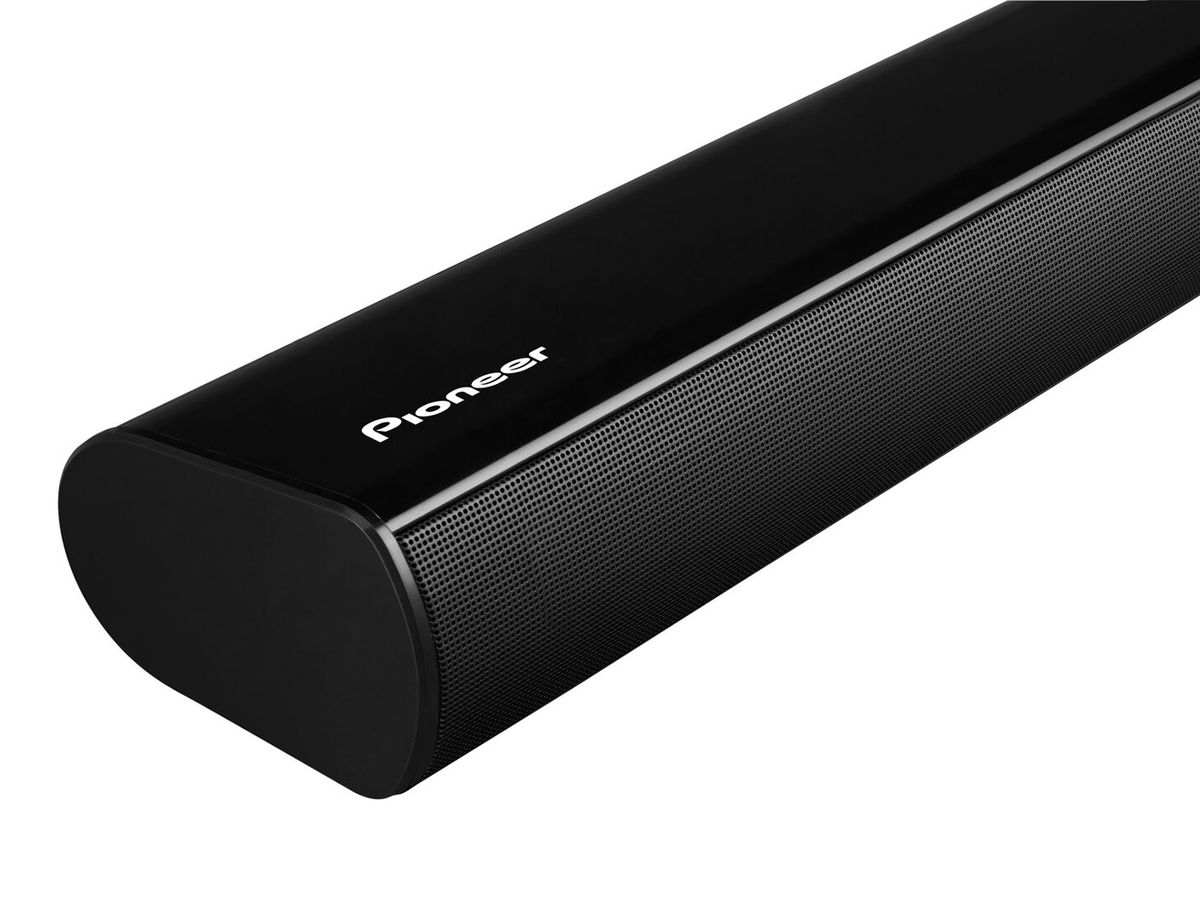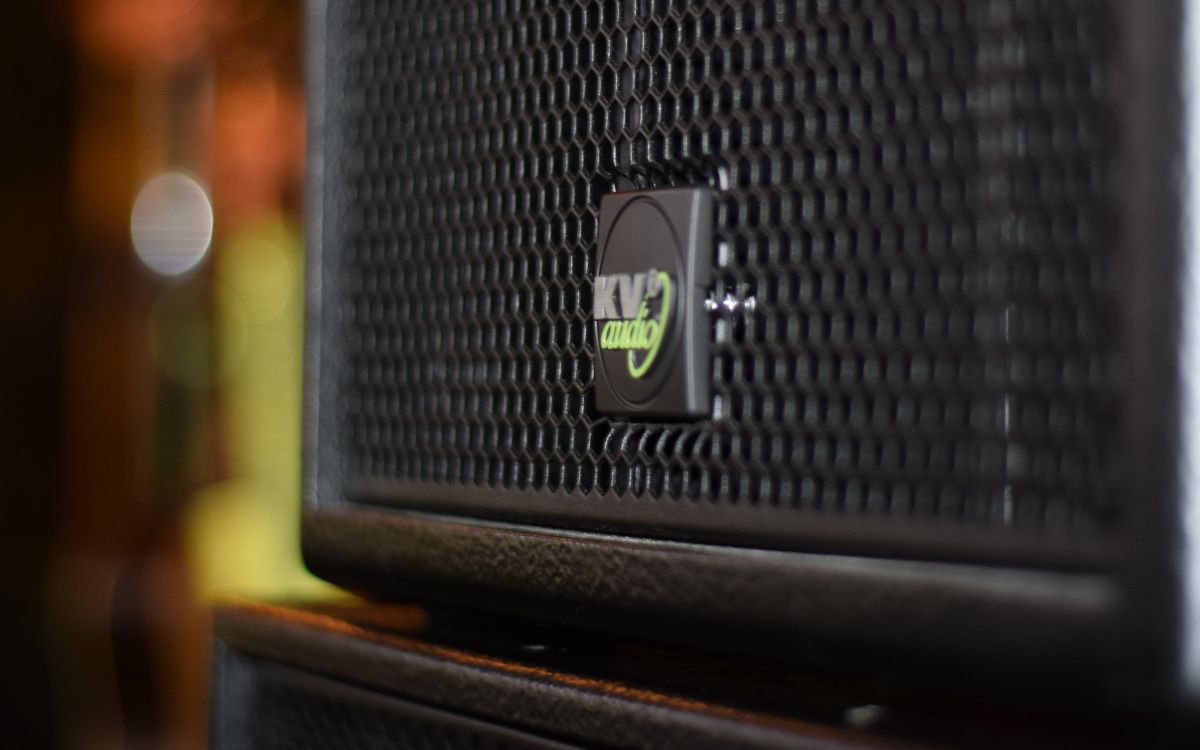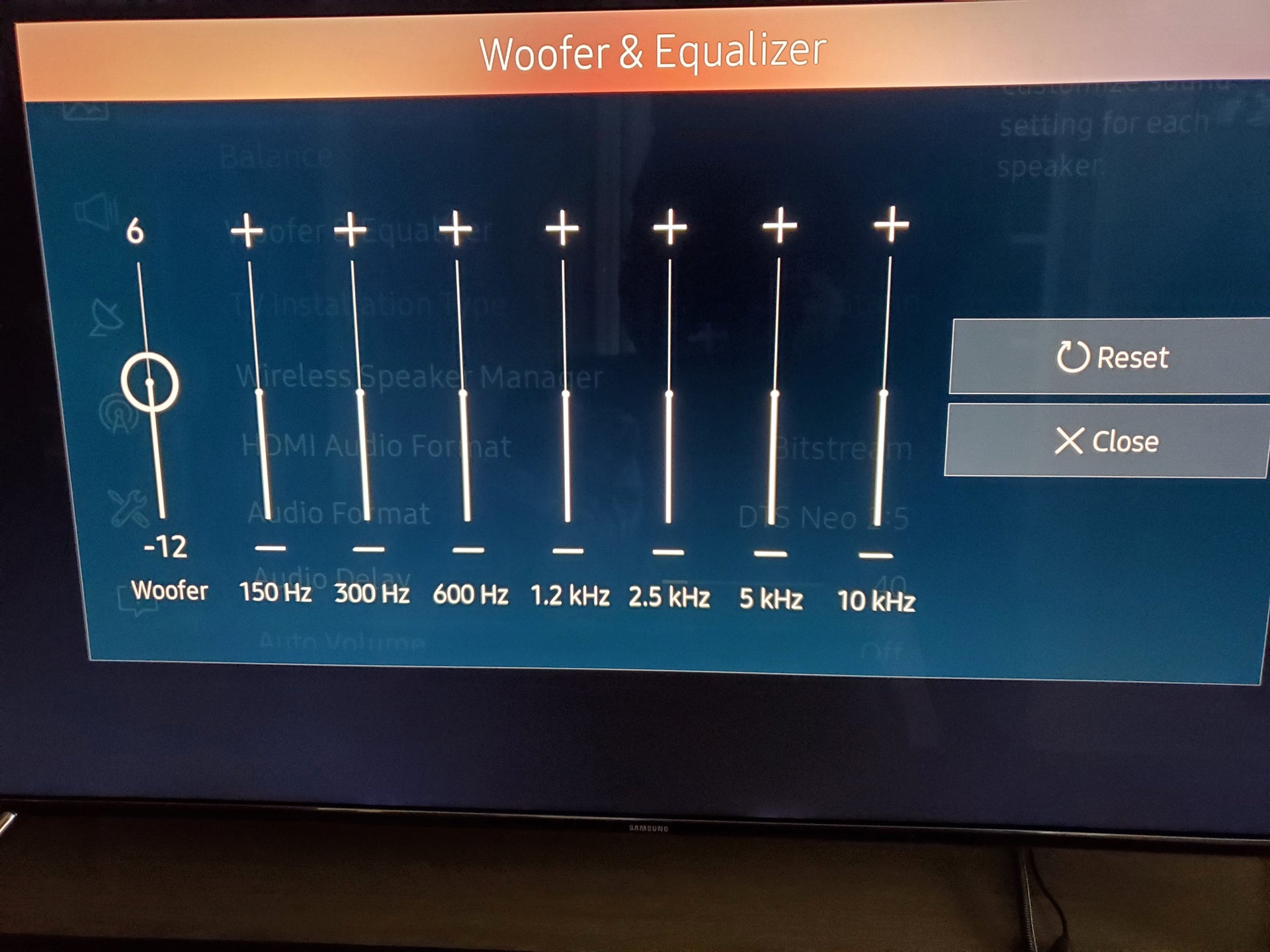Home>Production & Technology>Sound Bar>What Do Channels On A Sound Bar Mean
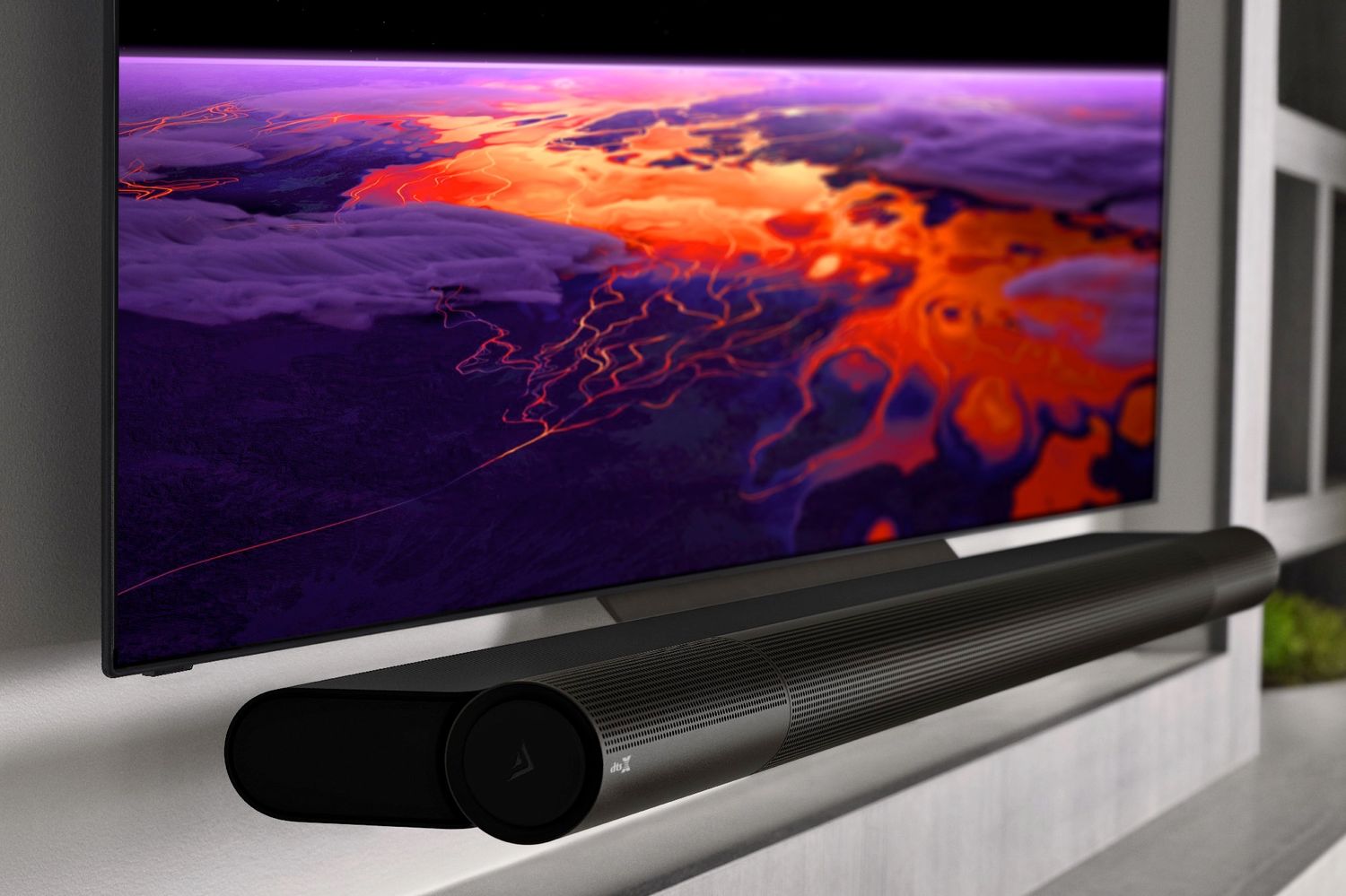

Sound Bar
What Do Channels On A Sound Bar Mean
Published: December 26, 2023
Discover the meaning of channels on a sound bar and how they enhance your audio experience. Find the perfect sound bar for your needs at [website].
(Many of the links in this article redirect to a specific reviewed product. Your purchase of these products through affiliate links helps to generate commission for AudioLover.com, at no extra cost. Learn more)
Table of Contents
Introduction
In today’s fast-paced world, entertainment plays a crucial role in our lives. Whether it’s watching our favorite movies, binge-watching the latest TV shows, or immersing ourselves in the world of gaming, audio quality is an essential part of the experience. This is where sound bars come into the picture.
Sound bars are sleek, compact, and powerful audio devices that have revolutionized the way we consume media. They are designed to enhance the audio output of our TVs, delivering a more immersive and theater-like sound experience. With their advanced technology and multiple channel configurations, sound bars have become a popular choice for home audio enthusiasts.
But what exactly do the channels on a sound bar mean? How do they impact the audio performance? In this article, we will delve into the world of sound bar channels and uncover their significance in creating an immersive audio experience.
Disclaimer: The information provided in this article is based on general knowledge and may vary depending on specific sound bar models. It is always recommended to refer to the user manual or contact the manufacturer for detailed specifications.
Understanding Sound Bars
Before we dive into the intricacies of sound bar channels, let’s first understand what exactly a sound bar is. A sound bar is a compact speaker system that is designed to sit below or above your TV, providing enhanced audio output compared to the built-in speakers of your television.
One of the major advantages of sound bars is their simplicity and space-saving design. Unlike traditional home theater systems with multiple speakers, sound bars require minimal setup and wiring. They are a convenient and stylish alternative that seamlessly blends in with your home decor.
Sound bars utilize advanced audio technologies such as amplifiers, digital signal processing, and drivers to deliver high-quality sound reproduction. With built-in speakers, some sound bars can create a surround sound experience, making you feel like you are in the middle of the action.
These versatile devices come in various sizes and configurations to suit different audio needs. Now, let’s explore the significance of channels in sound bars and how they impact your audio experience.
What Are Channels in Sound Bars?
Channels in sound bars refer to the number of speakers or audio channels that are present in the sound bar system. Each channel represents a dedicated audio source, and the configuration of these channels determines the spatial distribution and directionality of the sound.
Common channel configurations in sound bars include stereo, 2.1, 3.1, 5.1, and 7.1. Let’s explore each configuration in detail.
2.1 Stereo Sound Bars
Stereo sound bars consist of two channels: a left speaker and a right speaker. This configuration produces a basic left-right audio separation, creating a stereo effect. While stereo sound bars provide an improvement over TV speakers, they lack the immersive surround sound experience.
2.1 Channels
A 2.1 sound bar configuration includes two main channels for left and right audio, along with an additional subwoofer channel. The subwoofer is responsible for handling low-frequency sounds, adding depth and richness to the audio. This configuration delivers more impactful bass performance compared to stereo sound bars.
3.1 Channels
Adding another dimension to the audio experience, 3.1 sound bars feature three main channels for left, center, and right audio, along with a dedicated subwoofer channel. The center channel is crucial as it reproduces dialogue and vocals with greater clarity, resulting in a more balanced and immersive soundstage.
5.1 Channels
The 5.1 sound bar configuration creates a true surround sound experience by adding two rear speakers to the setup. This setup consists of five main channels for left, center, right, left surround, and right surround audio, along with a subwoofer channel. The rear speakers enhance the spatial audio and immerse you further into the content.
7.1 Channels
For the ultimate cinematic experience, 7.1 sound bars take it a step further by adding two additional side speakers to the 5.1 setup. The 7.1 configuration utilizes seven main channels for left, center, right, left surround, right surround, left side, and right side audio, along with a subwoofer channel. This setup provides enhanced audio immersion and precise sound placement.
Depending on your preferences and budget, you can choose the sound bar configuration that best suits your needs. It’s important to note that higher channel configurations generally deliver a more immersive and realistic audio experience, especially for movies and gaming.
1 Stereo Sound Bars
Stereo sound bars are the most basic configuration available, consisting of two channels: a left speaker and a right speaker. This configuration aims to create a sense of stereo separation, where different audio elements are projected from the left and right sides of the sound bar.
The left and right channels work together to deliver a wide soundstage, enhancing the spatial perception of the audio. This means that when you’re watching a movie or listening to music, you can hear distinct sound effects or instruments coming from different directions.
While stereo sound bars may not provide the same level of immersion as higher channel configurations, they still offer a significant improvement over the built-in speakers of your TV. The separation between the left and right channels results in a more dynamic and engaging audio experience.
Additionally, most stereo sound bars come with built-in amplifiers and processing technologies that help enhance the audio quality. They can reproduce a broader range of frequencies and provide better sound clarity compared to standard TV speakers.
One common feature found in many stereo sound bars is a virtual surround sound mode. This mode uses advanced algorithms to simulate a surround sound experience using only the two front channels. While it may not match the full immersion of a true surround sound system, it can still give you a sense of depth and spaciousness.
Stereo sound bars are a popular choice for those who want to upgrade their audio without the complexity of a multi-speaker setup. They offer simplicity, elegance, and improved sound quality, making them a great entry-level option for enhancing your home entertainment experience.
2 2.1 Channels
The 2.1 channel configuration takes the stereo sound bar setup a step further by adding a dedicated subwoofer channel, resulting in a total of two main channels and a subwoofer. This additional channel is responsible for reproducing low-frequency sounds, also known as bass.
The main left and right channels continue to handle the mid-range and high-frequency sounds, such as vocals, instruments, and environmental effects. By separating the bass frequencies and assigning them to the subwoofer, the 2.1 channel configuration ensures a more balanced and powerful audio experience.
With the addition of a subwoofer, the sound bar system can reproduce deep, rumbling bass that adds depth and impact to the overall sound. Whether it’s a booming explosion in a movie or the thumping beats of your favorite music, the subwoofer brings these low-frequency sounds to life.
The presence of a subwoofer also relieves the main channels from the burden of reproducing bass frequencies, allowing them to focus on delivering clearer and more detailed mid-range and high-frequency audio. This results in a more accurate sound reproduction and a more immersive listening experience.
Many 2.1 channel sound bars come with separate volume controls for the main channels and the subwoofer, giving you flexibility in adjusting the balance between the two. This allows you to tailor the audio output to your personal preferences and optimize the overall sound quality for your room.
Overall, the 2.1 channel configuration offers a significant improvement over stereo sound bars, particularly in terms of bass performance. It delivers a more balanced and dynamic audio experience, making it a popular choice for those who desire enhanced low-frequency response without the complexity of a multi-channel setup.
3 3.1 Channels
The 3.1 channel configuration in sound bars takes the audio experience to a new level by introducing a center channel along with the two front channels and a dedicated subwoofer. This configuration offers improved dialogue clarity and a more immersive soundstage.
The addition of a center channel is a game-changer for audio reproduction. The center channel is dedicated to reproducing dialogue and vocals, making them more distinct and intelligible. It ensures that the dialogue remains clear and prominent, even during action-packed sequences or moments with intense background noise.
By assigning the dialogue to a separate channel, the 3.1 sound bar configuration delivers enhanced voice clarity, resulting in a more immersive and enjoyable viewing experience. You can truly hear every word spoken by the actors and understand the nuances of their performances.
The two front channels in the 3.1 configuration continue to handle the mid-range and high-frequency sounds, providing a wider soundstage compared to stereo and 2.1 setups. The left, center, and right channels work together to create a more spacious and engaging audio experience.
Of course, the dedicated subwoofer in the 3.1 channel configuration ensures powerful and deep bass output, adding depth and impact to the overall sound. It provides the signature low-frequency effects and rumbling bass that intensify the cinematic experience, making explosions, gunshot sounds, and musical basslines more immersive and thrilling.
With the combination of the center channel, front channels, and subwoofer, the 3.1 channel sound bar configuration offers a well-balanced and immersive audio experience. It is an excellent choice for those who prioritize clear dialogue reproduction and desire a more encompassing soundstage for movies, TV shows, and gaming.
4 5.1 Channels
When it comes to creating a truly immersive surround sound experience, the 5.1 channel configuration is the go-to choice for many audio enthusiasts. This configuration combines five main channels and a dedicated subwoofer to deliver an incredible audio performance.
The five main channels in a 5.1 sound bar setup consist of a left, center, right, left surround, and right surround channels. The left, center, and right channels handle the front audio, while the left surround and right surround channels reproduce sounds from the sides and back of the listener, creating a three-dimensional audio experience.
The front channels are responsible for delivering dialogue, vocals, and most of the on-screen sound effects, while the surround channels work together to immerse you in the audio environment. This creates a sense of realism and spatial accuracy, making you feel as though you are truly in the midst of the action.
The dedicated subwoofer in the 5.1 channel configuration enhances the low-frequency effects, producing deep bass that adds impact and excitement to explosions, rumbling engines, and other low-end sounds. It ensures that the low-frequency effects are well-balanced and integrated seamlessly with the rest of the audio.
With the 5.1 channel configuration, you can experience the full range of surround sound formats, such as Dolby Digital and DTS. These formats optimize the audio tracks of movies and games to create a dynamic soundstage with precise positioning of audio elements.
Setting up a 5.1 channel sound bar system typically involves positioning the front channels near the TV or display, placing the surround channels to the side or behind the listening area, and positioning the subwoofer in a central location for optimal bass distribution.
The 5.1 channel sound bar configuration is ideal for movie lovers, gamers, and anyone seeking a truly immersive audio experience. It delivers precise sound localization, immerses you in a realistic audio environment, and brings your home entertainment to a whole new level of excitement.
5 7.1 Channels
If you’re a true audio aficionado who craves the ultimate surround sound experience, then the 7.1 channel configuration in sound bars is the pinnacle of immersive audio. This configuration takes the 5.1 setup to the next level by adding two additional side channels to the mix.
In a 7.1 sound bar setup, you’ll find the same five main channels as in the 5.1 configuration: left, center, right, left surround, and right surround. However, with the addition of the two side channels, the audio becomes even more expansive and detailed, bringing a heightened level of realism to your home theater.
The side channels in a 7.1 setup enhance the surround sound experience by providing additional sound cues from the sides of the listener. This creates a wider soundstage and improves the accuracy of sound localization, making you feel completely enveloped in the audio environment.
The subwoofer in a 7.1 sound bar system remains dedicated to handling the low-frequency effects, ensuring that the bass remains deep and impactful. The combination of the seven main channels and the subwoofer results in an incredibly immersive and powerful audio experience.
To achieve the best audio performance in a 7.1 channel sound bar configuration, it’s essential to position the side channels on either side of the listener, slightly behind the listening area. This placement ensures optimal sound distribution and an enveloping audio experience.
The 7.1 channel configuration is designed for those who crave the ultimate level of audio immersion. It is particularly well-suited for dedicated home theaters or gaming setups, where every detail and nuance of the audio can be fully appreciated.
With a 7.1 channel sound bar setup, you can expect breathtaking surround sound, precise sound imaging, and an unparalleled level of audio realism. It’s the perfect choice for those who want to take their home entertainment to cinematic heights.
Benefits of Different Channel Configurations
Each channel configuration in a sound bar offers unique benefits and caters to different audio preferences. Let’s explore the advantages of different channel setups:
Stereo Sound Bars (2.0 Channels)
- Enhanced audio over TV speakers with a wider soundstage.
- Simplicity and space-saving design.
- Improved sound clarity and quality compared to built-in TV speakers.
2.1 Channels
- Added subwoofer channel for powerful and impactful bass.
- Improved low-frequency response for a more balanced sound experience.
- Enhanced depth and richness in audio reproduction for movies and music.
3.1 Channels
- Clear and prominent dialogue reproduction with a dedicated center channel.
- Enhanced soundstage and spatial accuracy for an immersive audio experience.
- Richer and fuller audio performance for movies, TV shows, and gaming.
5.1 Channels
- True surround sound experience with rear surround channels.
- Precise sound positioning and localization for a cinematic audio experience.
- Immersive and realistic audio for movies, games, and virtual reality.
7.1 Channels
- Expanded soundstage with additional side channels for a more enveloping audio experience.
- Heightened realism and accuracy in sound positioning and imaging.
- The pinnacle of home theater audio for the most demanding audio enthusiasts.
Choosing the right channel configuration depends on your specific audio preferences, the size of your room, and your budget. Consider the type of content you enjoy, whether it’s movies, TV shows, music, or gaming, and select a sound bar setup that meets your needs and creates the immersive audio experience you desire.
Conclusion
Sound bars have transformed the way we experience audio in our homes, providing a sleek and powerful alternative to TV speakers. Understanding the different channel configurations in sound bars is crucial in selecting the setup that best suits your audio preferences and creates an immersive entertainment experience.
From stereo sound bars to 7.1 channel configurations, each setup offers unique advantages. Stereo sound bars provide an upgrade over TV speakers with a wider soundstage, while 2.1 configurations add a dedicated subwoofer for enhanced bass performance. 3.1 sound bars introduce a center channel for clear dialogue reproduction, and 5.1 setups deliver true surround sound with rear channels, creating a cinematic experience. For the utmost audio immersion, 7.1 channel configurations take it a step further with additional side channels for a more enveloping soundstage.
When choosing a sound bar, consider factors such as room size, audio preferences, and budget. Assess the type of content you enjoy, whether it’s movies, TV shows, music, or gaming, and select the channel configuration that aligns with your audio needs.
Remember, while higher channel configurations generally offer a more immersive sound experience, even the basic stereo or 2.1 setups can significantly enhance your audio quality compared to TV speakers alone. With the right sound bar, you can transform your living room into a captivating entertainment environment.
So, whether you’re a movie enthusiast looking for a cinematic audio experience or a gamer wanting to be fully immersed in virtual worlds, there’s a sound bar channel configuration that’s perfect for you. Elevate your audio game and let the sound bar create a truly immersive and captivating entertainment experience in the comfort of your own home.

